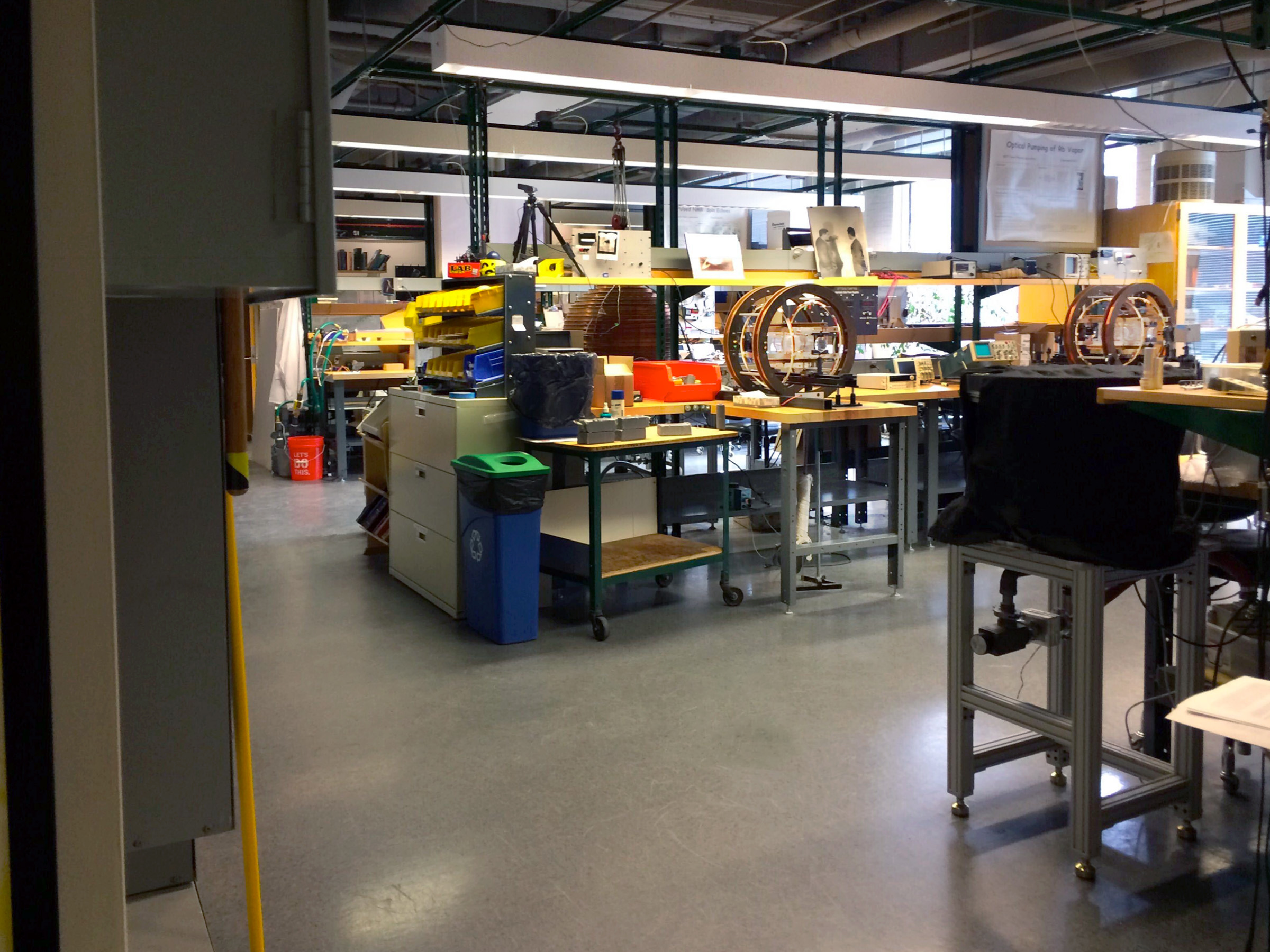In 8.13 and 8.14, the 18-credit-hour classes known as Physics Junior Lab, students are introduced to experimental physics by replicating classic early-20th-century discoveries in such things as special relativity, quantum mechanics, and nuclear physics. The labs involve a lot of finessing of equipment, connecting of cables, and twiddling of knobs—not the sort of thing you can easily put online.
But Junior Lab professors Gunther Roland and Phil Harris, PhD ’11, both regularly collaborate with researchers around the globe on particle physics experiments requiring the analysis of enormous data sets. These big projects require that all of them be able not just to communicate across time zones but also to access experiments and data remotely.
So when the classes went online, they had students use data from the Large Hadron Collider at CERN to replicate the analysis that confirmed the existence of the Higgs boson. Students also got to work with data from the Laser Interferometer Gravitational-Wave Observatory (LIGO) and repeat the analysis that identified the gravitational waves caused by the collision of two black holes—work published in 2016 that led to a Nobel Prize for MIT professor Rainer Weiss.
Don’t settle for half the story.
Get paywall-free access to technology news for the here and now.
